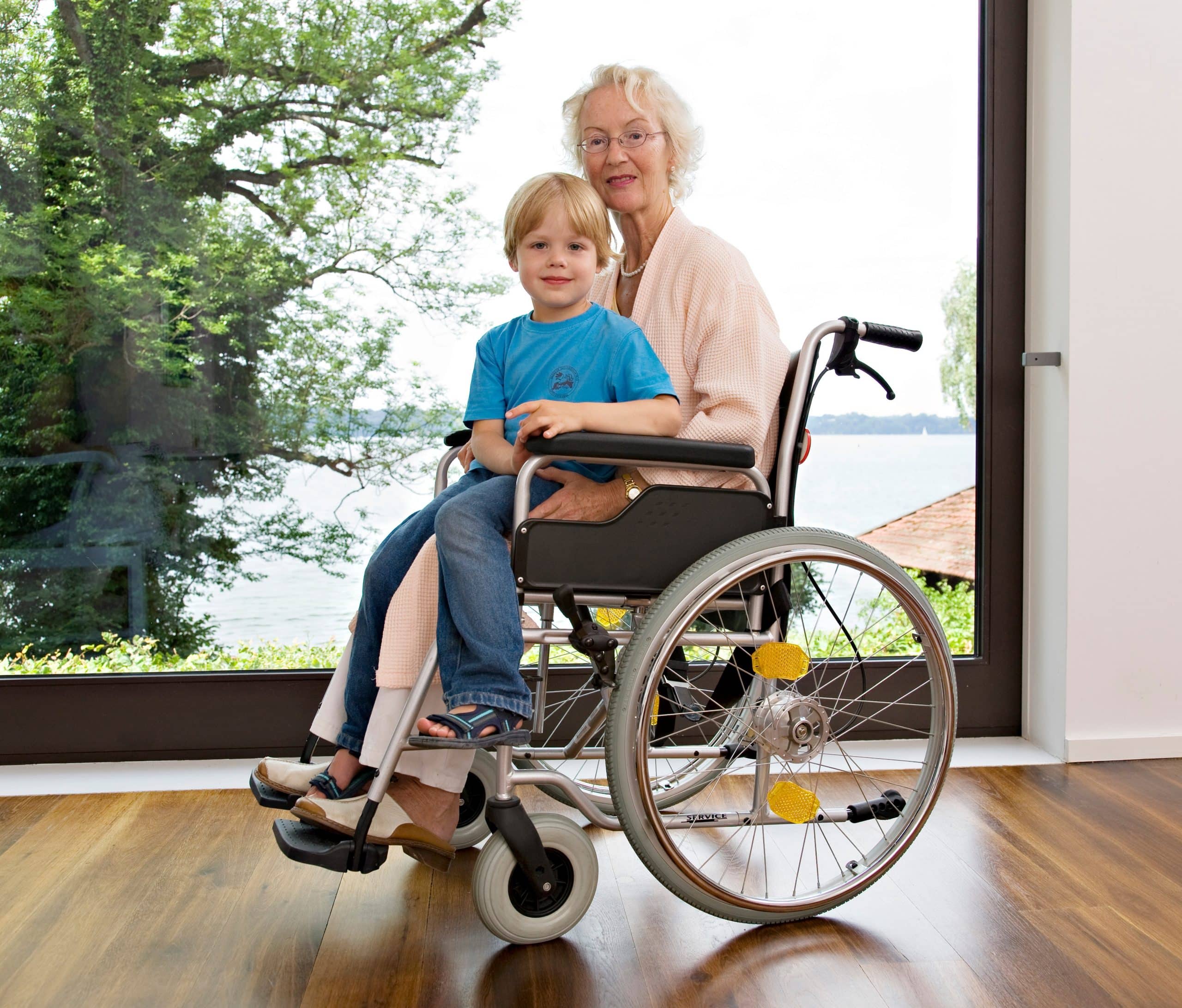Cycling, a widely popular sport and means of transport, places a significant amount of strain on the body, particularly the hip. This is especially true for sprint cyclists who require an intense burst of power and speed. For these athletes, possessing a high level of hip mobility is not just an advantage; it’s a necessity. Strong and supple hip muscles can improve your cycling performance, while also protecting you from potential injuries. This article explores the most effective exercises for boosting hip mobility and leg strength with a focus on sprint cyclists.
The Importance of Hip Mobility in Cycling
Cycling involves repeated and high-speed rotation of the legs. This requires not only leg strength, but also hip mobility. The hip joint is crucial in controlling your lower body while you’re on the bike. Moreover, it aids in maintaining your balance and stability, and it plays a key role in generating power to your pedal strokes.
A voir aussi : What Techniques Can Improve Mental Acuity for Chess Players in High-Stakes Tournaments?
Hip mobility refers to your ability to move your hips smoothly through their full range of motion. With good hip mobility, you can achieve a better cycling position, thus allowing for more effective power transmission from your body to the bike. However, due to the repetitive nature of cycling, cyclists often suffer from tight hip muscles. This can compromise your cycling form and increase the risk of injuries.
Therefore, incorporating hip mobility exercises into your training regimen is imperative. Such exercises can help stretch your hip muscles, improve your strength, and enhance your overall cycling performance.
Cela peut vous intéresser : How Do Paratriathletes Train for the Three Disciplines Simultaneously?
Hip Mobility Exercises for Cyclists
There are numerous exercises that can enhance hip mobility. However, not all of these exercises are equally beneficial for sprint cyclists. Here are some of the most effective ones designed to strengthen your hips and improve your cycling prowess.
1. Hip Flexor Stretches
Many cyclists experience tight hip flexors due to their seated position on the bike. The hip flexor stretch can help increase flexibility in this area. To perform this exercise, you need to kneel down on your left knee with your right foot in front. Then, lean forward and push your left hip towards your right foot. Maintain this position for about 30 seconds before switching sides.
2. Clamshells
Clamshells are fantastic for activating and strengthening the hip abductors, which are critical for cycling. You can perform clamshells by lying on your side with your legs stacked and knees bent. Keep your feet together and lift your top knee while keeping your bottom knee on the ground. Hold for a few seconds before lowering it. Repeat this exercise for about ten to fifteen times before switching sides.
3. Glute Bridges
Glute bridges are ideal for strengthening your glutes and hip muscles. They also help stabilize your core, which is vital for maintaining your balance on the bike. To perform a glute bridge, lie on your back with your feet flat on the ground and your knees bent. Lift your hips off the ground by pushing through your heels until your body forms a straight line from your shoulders to your knees. Hold this position for a few seconds before slowly lowering your hips back to the ground.
Cycling-Specific Strength Training for Hip Mobility
Strength training plays a critical role in enhancing hip mobility and overall cycling performance. By incorporating resistance exercises into your training regimen, you can develop stronger muscles, which can lead to more efficient power transfer to the pedals. Here are some cycling-specific strength training exercises for hip mobility:
1. Deadlifts
Deadlifts are a fantastic exercise for building strength in your hips. Apart from strengthening the hip muscles, they also target the hamstrings and glutes, which are crucial for cycling. To perform a deadlift, stand with your feet hip-width apart, bend at the hips and knees, grab a barbell or dumbbells, and stand up straight. Then, lower the weights by hinging at your hips and bending your knees.
2. Squats
Squats are another excellent exercise for cyclists. They help strengthen the hip muscles, along with the quadriceps and glutes. To perform a squat, stand with your feet shoulder-width apart, bend your knees and lower your body as if you’re sitting in a chair. Then, push through your heels to stand back up.
The Role of Body Position and Bike Fitting in Hip Mobility
While focusing on hip mobility exercises is vital, it is equally important to pay attention to body position and bike fitting. An improper body position can lead to compensations in the hip, which can cause imbalances and injuries. Therefore, correct body positioning on the bike is essential in promoting hip mobility.
Bike fitting, on the other hand, involves adjusting your bike to suit your body’s natural alignment and movements. A proper bike fit can help you achieve an optimal cycling position, allowing for greater hip mobility and lower chances of injury.
In conclusion, remember that achieving good hip mobility is a gradual process. Be patient with yourself and keep a consistent workout routine. Before starting any new exercise regimen, consult with a healthcare provider or a fitness professional to ensure safety. With dedication and diligence, you’ll see improvements in your hip mobility, cycling performance, and overall health.
The Impact of Hip Mobility on Athletic Performance in Cycling
The hip joint is a powerhouse when it comes to cycling, particularly in sprint cycling. Strength training exercises that focus on hip mobility can significantly improve athletic performance in cyclists.
A highly mobile hip allows for a greater range of motion in the pedaling cycle, enabling the cyclist to generate more power with each stroke. The hip joint’s ability to move smoothly through its full range of motion also ensures efficient energy transfer from the body to the bike.
Hip mobility exercises are particularly beneficial for training cyclists in sprint events where quick, powerful bursts of speed are crucial. A supple and strong hip can provide the explosive power needed in these instances.
Additionally, good hip mobility also aids in maintaining balance and stability while cycling, particularly when standing on the pedals during a sprint or climbing a steep incline.
However, hip mobility isn’t just about performance. It also plays a significant role in preventing injuries. Cyclists, particularly sprint cyclists, often suffer from tight hip muscles due to the repetitive nature of the sport. This can lead to imbalances and compensatory movements that increase the risk of injury. Including hip mobility exercises in a training regimen can help alleviate these issues.
Hip Thrusts: An Effective Exercise for Improving Hip Mobility in Cyclists
Hip thrusts are a highly effective strength training exercise for improving hip mobility and cycling performance. This exercise specifically targets the hip flexors, glutes, and hamstrings, which are all essential muscles for cycling.
To perform a hip thrust, start by sitting on the ground with a bench behind you. Bend your knees and keep your feet flat on the floor, width apart. Lean back to rest your upper body against the bench, with your shoulder blades near the top of it.
Hold a barbell or weight plate across your hips. This is your starting position. Thrust your hips upwards, pushing the weight up as you squeeze your glutes at the top of the movement. Your body should form a straight line from your shoulders to your knees. Hold this position for a few seconds before lowering your hips back to the starting position.
Hip thrusts are a potent exercise for building strength and power in your hip muscles. They can significantly enhance your explosive power and speed – vital for sprint cyclists.
Conclusion: Striking the Balance for Optimal Performance
In conclusion, hip mobility is an essential aspect of cycling performance, particularly for sprint cyclists. Incorporating strength training exercises focussed on hip mobility, such as hip flexor stretches, clamshells, glute bridges, deadlifts, squats, and hip thrusts, can significantly improve your cycling prowess.
However, it’s not just about the exercises. Paying attention to your body position and ensuring a correct bike fit is equally important in promoting hip mobility. An improper body position or ill-fitted bike can cause compensations in the hip, leading to imbalances and potentially injuries.
Always remember that improving hip mobility is a gradual process that requires consistency, patience, and dedication. Before starting any new exercise regimen, consult with a professional to ensure you are performing the exercises safely and effectively. With time, dedication, and diligence, you can build strong hip muscles, improve your hip mobility, enhance your cycling performance, and reduce the risk of injury.











